
Six Nations Haldimand Tract lands were being gobbled up at an alarming pace following the death of Joseph Brant on Nov. 7th of 1807. It had begun long before that, with the 1793, Simcoe Patent when 230,000 acres of the decreed Haldimand Tract, six miles on either side of the Grand River from source to mouth, as the proclamation stated.
Following Brant’s death and after countless petitions put forth by the Confederacy Chiefs to order non-Native squatters off their land, William Hepburn made steps to correct this growing problem and ordered that anyone with a purported Brant Lease should gather their lease agreements and supporting papers to prove it in fact was a Brant Lease or a fraud.
Some leases produced were dated after Joseph Brant’s death, and still others were not presented at all. In fact, out of 172 claims of having a Brant Lease, only nine could actually produce any supporting documentation.
Two more calls to squatters for proof of their alleged Brant Leases went out from Hepburn’s office in the form of posters nailed to trees and post offices and general stores throughout the area. These notices went out January 1st, 1835 and again Feb. 1st, 1835.
The notice was issued to all claimants to either produce a valid lease with Joseph Brant’s signature or forfeit the land and its improvements and move on.
But where would they go that wasn’t part of the Haldimand Tract, Indian lands?
John Brant, the distinguished son of Joseph Brant, had inherited his father’s standing with his white neighbours and the British Crown, business savvy and political sense. Also, like his father, John saw action in a war not of his people’s making between 1812 and 1814.
“John Brant (Ah’You’wa’eghs), Mohawk Grand Chief, Indian Superintendent born near Brantford, Ont, 27 Sep 1794; died there 27 Aug 1832. John Brant was the son of Joseph Brant, Mohawk (war) chieftain and the first Aboriginal to receive a commission in the British Army, as a captain in 1757. John was also the nephew of Robert Johnson Kerr, who was the son of Major General Sir William Johnson and brother-in-law of Joseph Brant. John Brant was a loyal friend and supporter of John Norton (c.1760-1824), who was chosen by Joseph Brant as a War Chief. At age 18, Brant and Norton led the Mohawk at the Battle of Queenston Heights during the War of 1812, where the Mohawk counter-attack proved decisive. During the battle, John Brant captured the later renowned American officer, Colonel Winfield Scott.”
But also, like Joseph, he saw the cultural climate change caused by this white tsunami of pale skinned intruders and tried to make the best of a very troubling time not only for the Haudenosaunee, but all indigenous nations of Turtle Island.
To accommodate the displacement of the squatters, Brant accepted the government’s suggested town plot surrender of what would be 807 acres to accommodate those settlers displaced by the eviction orders.
This was not a gift, but rather an investment in both the development of Brantford and in creating the funding necessary to make improvements within the various Six Nations communities in and around Brantford.
Proceeds from the sale of these lots which were surveyed with John Brant’s assistance, were to go to the Six Nations Trust Fund. However, many lots were never paid for, others only partially but still others were found to be legitimate but the proceeds did not go into the Trust Fund. There were other lots sold, paid for and deposited in the right account.
That sets the background to what you are about to read: “Highlights and Lowlights from the Early Years.” This issue contains examples of the documented history of the relationship between Brantford, the Mohawks and the Six Nations.
“In 1821, Brant and his brother-in-law William Johnson Kerr successfully campaigned for land rights (Haldimand Proclamation) for the Grand River Mohawk and other Six Nations. The British Indian Department appointed John Brant Resident Indian Superintendent for the Grand River Mohawk in 1828. Brant was elected to the Upper Canada Legislative assembly in 1830, the first Aboriginal to sit in the Upper Canada assembly as a member. His election was challenged the following year, and he lost his seat to John Warren. In 1831, John Brant was named as Grand Chief of the Grand River Mohawk (Tekarihoga), succeeding his deceased maternal uncle Henry Crogan.”


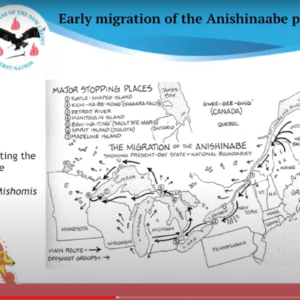
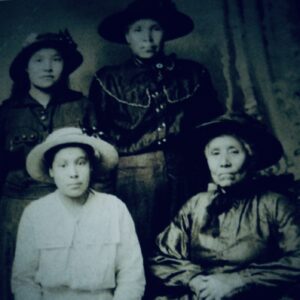
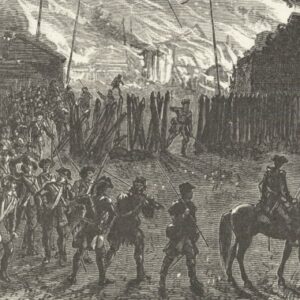
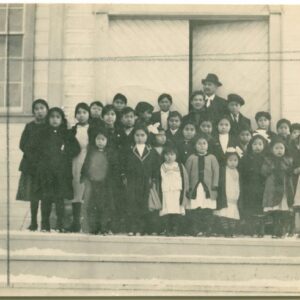
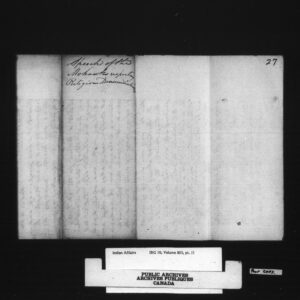
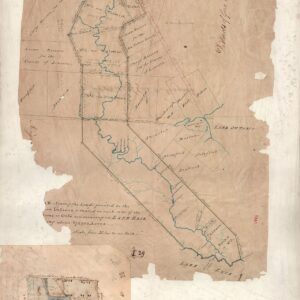
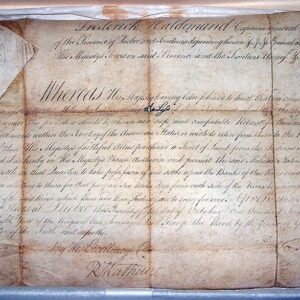

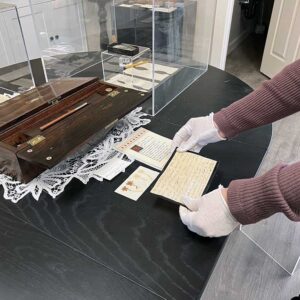
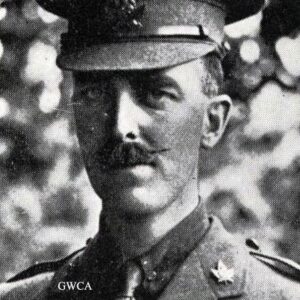
Love the "Historical" section here! I learn a ton from this online publication.
Does anyone know where the document that Jim Windle is referencing to here “Highlights and Lowlights from the Early Years.” can be found?
Thank you